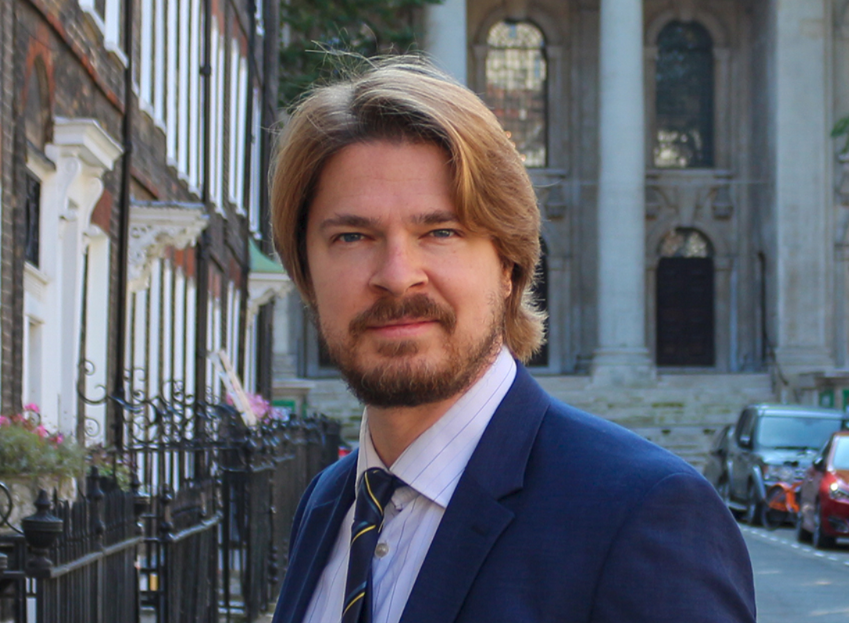Thor and the Nordic welfare state: Not so Nordic, after all
SUGGESTED



Something quite similar has happened with the concept of the ‘Nordic welfare state’. There is no exact definition of that term, and if you use it in order to denote a welfare system with particular design features – emphasis on universal (as opposed to means-tested) benefits, financing through progressive taxation rather than social insurance contributions, etc. – I’ll let you off the hook. But most of the time, the term ‘Nordic welfare state’ is used in the sense of ‘a welfare state which is exceptionally large, encompassing and progressive’. And that usage is not correct.
The graph below shows net social expenditure in high-income countries as a proportion of GDP. This is the best measure for international comparisons, because it automatically corrects for cross-country differences in the tax treatment of social transfers. Suppose in one country, the poorest X% of the population receive a tax-free income transfer of £800. In an otherwise identical country, the poorest X% receive a transfer of £1000, but the transfer is subject to an income tax payment of £200. In a comparison of gross social spending, it would appear as if the second country had a much larger welfare state. In a comparison of net spending, the countries would appear identical.
For most countries, the difference between gross and net social spending is not very large, because benefit income is usually not heavily taxed. The gross/net distinction can therefore, for a lot of purposes, be ignored as a technicality. But there are exceptions, and the Nordic countries are among them. Once transfer income is adjusted for direct taxes levied on it, the Nordics cease to be exceptional. After the adjustment, it is still not incorrect to say that the Nordic welfare states are large – but it is wrong to insinuate that welfare state largesse is a specifically Scandinavian property. It is really a property which the Nordics share with many other countries, so there is no reason to single them out in this regard.
Net social expenditure (public and publicly mandated) in % of GDP, 2011

-based on OECD data
The graph shows that France and Belgium are the real Big Welfare countries, that Anglosphere countries are overrepresented at the opposite end, while the Nordics do not even form a visible cluster of their own. There is simply nothing very special about them. Some of the Mediterranean countries’ position at the high end has probably more to do with the euro crisis rather than with a deliberately adopted social model, but the broad pattern still stands.
You get a similar impression if you rank welfare states by the extent to which they reduce a country’s Gini coefficient, or by various indices of ‘progressivity’: The Nordic welfare states are very progressive and very redistributive, but not outstandingly so. These features are common to many welfare states, and there is no reason to attribute them specifically to the Nordic countries.
So why do we continue to hear eulogies for the Nordic welfare state as if it were a unique and outstanding model? Presumably, the reason is simply that this produces the desired result. People from across the political spectrum see the Nordic countries as successful economies from which a lot can be learned. “Big Government works – look at Sweden!” sounds more credible than “Big Government works – look at Italy!”. The Nordic countries are international outliers, but in a very different respect: They offer a combination of factors which makes them uniquely resilient to Big Government policies. That, however, is a topic for another blog.




